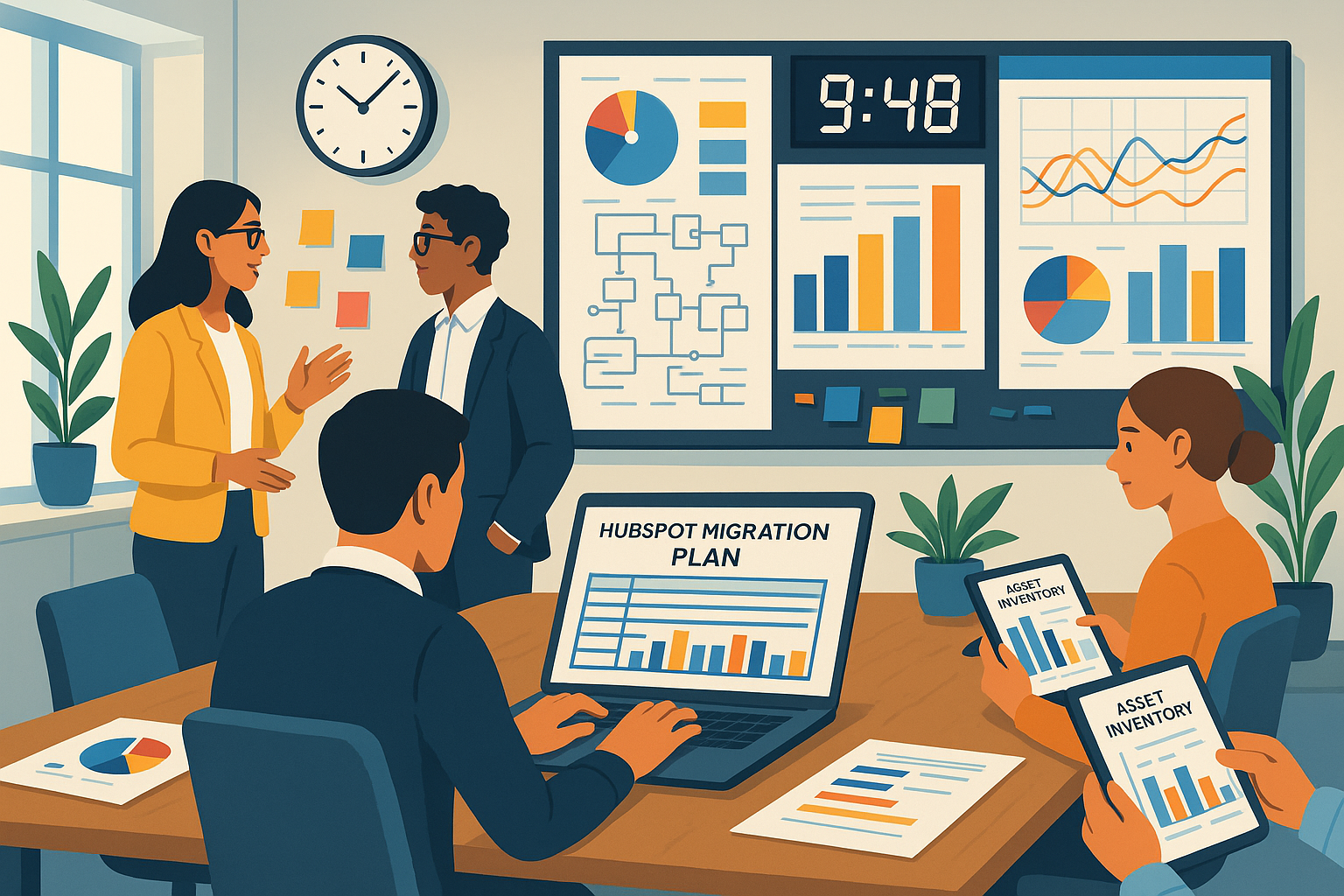You may not know where to start, but you’re here because you know, at the very least, you need to make some adjustments to get your customer relationships, and ultimately, your business on track.
Start with looking at the relationship between customer experience and customer relationship management, or CRM.
To keep your customers engaged with and loyal to your business, your CRM system and how you design your customer experience must work in tandem for both to reach their highest level of effectiveness.
Before we dive into how customer experience and CRM can work together, let’s briefly discuss their similarities and differences.
What are The Main Differences and Similarities?
It’s important to note that the main difference between CRM and customer experience is subtle yet crucial to understanding how each feeds off the other to ensure customers get nothing but the best from your business.
A CRM is essentially a system that houses data about your customers, how they engage with your brand and their buying patterns with your business. On the contrary, the customer experience is how customers perceive your brand and navigate it from introduction to a loyal customer.
Their similarities lie in their role in managing and improving the customer experience: the CRM and the customer experience track how visitors become customers and turn into loyal brand ambassadors. Or, on the other hand, why someone was a one-time customer or didn’t become a customer at all.
With a bit more knowledge of CRM and customer experience under our belts, let’s dive into how they can work together to keep customers happy and loyal to your business and brand.
How Can Customer Experience and CRM Work Together to Keep Customers Happy?
As seen above, customer experience and CRM are rooted in ensuring the customer gets the experience and relationship they deserve from your brand.
They may have subtle differences, but they feed off each other to keep customers happy. Here is a bit more about how CRM and customer experience play off each other to provide customers with a fantastic experience and relationship with your brand.
Improve the data strategy for your business
First, your CRM and customer experience work together by improving the data strategy you have for your business. Nurturing long-term relationships with your customers depends on how well you collect, process, and analyze data about them and leverage it to improve the customer experience.
A top-tier CRM system usually integrates with popular data analytics tools or has some of its own. You can collect customer contact information, communication preferences, and how they move through their relationship with your brand through these tools.
You’ll find out what’s working in each stage of the customer journey and what’s preventing it from being as seamless as possible. You can then make adjustments that better the customer experience and move relationships forward faster.
Next, your CRM helps you collect vital data about your customers and their experience and this, in turn, makes it easier to implement segmentation and personalization.
Segmentation and personalization
When you segment your audience into smaller groups with similarities, it can improve your marketing, sales, customer service strategies.
Your CRM helps you collect and organize critical data about your customers. Over time, the data you collect will display similarities, and you can then group your customers and target audience accordingly.
When you segment your customers, it’s that much easier to personalize your interactions with them.
The quality of your customer interactions and relationships is highly dependent on your ability to leverage personalization. You can study how your segmented customer groups are experiencing your brand.
Then, you can use this information to tailor your messaging, navigation, website functions, customer service channels, sales approaches, and so forth.
Lastly, when you prioritize ensuring your CRM and customer experience work together, you can unify your internal teams.
Unify your internal teams
One of the worst experiences a customer can have is repeating the same story to each person they talk to on your team about their issue with a product or your brand in general.
For example, if a customer contacts your brand on social media about a product issue, they’ll likely need to be transferred to your customer service department to continue resolution. When they’re connected, the first question is, “So what’s going on?”
Most customers are thinking, “Didn’t I just explain the issue?” And with that, their frustration with your brand builds even more. Effective use of a CRM system is highly dependent on how well all of your teams use it.
For instance, let’s say a customer makes contact with your brand via your website. Next, they continue their engagement through the marketing content you publish, which leads to them making a purchase. Then, their latest interaction is an email to customer service about an issue with the product they purchased.
Your CRM should track all of these interactions. This way, whenever someone in your business contacts this customer, they’ll be able to see every interaction and touchpoint this customer has had from the beginning.
Ultimately, when you use a CRM system, you can train your employees to better their team functions, improving overall business productivity. They’ll also see how housing customer data in one system ensures a cohesive brand experience for customers.
Conclusion
Looking at the relationship between customer experience and CRM is an intelligent business move. They possess subtle differences, but they can significantly benefit your customers and business when they work together efficiently.
If you don’t have a CRM system yet, consider getting one to improve your customer experience and how you nurture your customer relationships.
Guest Author:
Amanda Winstead is a writer from the Portland area with a background in communications and a passion for telling stories. Along with writing, she enjoys traveling, reading, working out, and going to concerts. If you want to follow her writing journey or even say hi, you can find her on Twitter.





